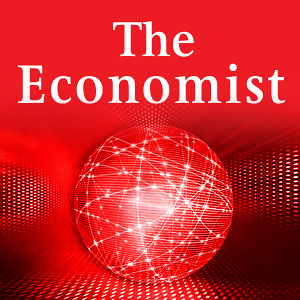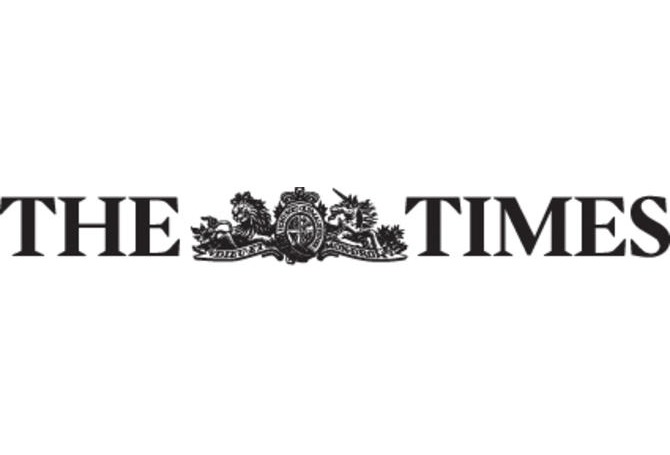Jon Silberg
When artist/filmmaker Julia Meltzer first visited Damascus in 2006, well before any of the current political upheaval, she encountered many surprising aspects of life inside Syria. One such unexpected phenomenon came in the form of Houda al-Habash, a devout Muslim woman who had been teaching the Koran to local girls, some as young as 3 years old—an undertaking that sat well with neither the region’s male-dominated religious community nor the more secular groups in favor of women’s empowerment.
 “I know how rare it is for girls to be encouraged to read classical Arabic,” says Meltzer. “I thought, ‘This isn’t a story I’ve seen and I want to understand more about why people are choosing to come here.’”
“I know how rare it is for girls to be encouraged to read classical Arabic,” says Meltzer. “I thought, ‘This isn’t a story I’ve seen and I want to understand more about why people are choosing to come here.’”
Interestingly, much of the complexity that inspired her to direct The Light in Her Eyes with filmmaker Laura Nix also made the production an incredible challenge. “Doing anything in Syria is difficult,” Meltzer begins. “Getting someone to allow you to teach a class as a foreigner, let alone make a film, is unusual.”
Meltzer and Nix visited Syria three times from 2008-10, armed with aPanasonic AG-HVX200 and enough P2 cards to get through about four hours of shooting a day. They shot extensive interviews with al-Habash and many of the girls and women who participated in the classes, and they had access to the classes themselves, where they shot a great deal of material.
The production kit had to be kept to an absolute minimum since the project was being done under the radar of the authorities. In addition to the camera they had a tripod, two small Litepanels units, a stand, and a boom mic that went through a small mixer where practical and directly into the HVX200’s input otherwise. Meltzer, who shot the majority of the material herself, also rode audio levels and conducted interviews through a translator.
At the end of the day, Meltzer would download the P2 cards to hard drives via a laptop and do some initial editing in Apple Final Cut Pro 7. Meltzer and Nix completed cutting in the United States with editors Monique Zavistovski and Nathaniel Fregoso. The finished film was onlined and graded in Apple Color at Santa Monica post house Different by Design.
|
During shooting, the crew was also minimal. “I couldn’t work with men because they were not allowed in the mosque,” Meltzer explains. “We brought in cinematographer Anne Etheridge for part of the shoot, but otherwise it was just me.”
Throughout production, the filmmakers were always concerned that the shoot would be shut down. “We couldn’t get into the country with a lot of gear,” she says. “We didn’t have official permission to make a film in Syria. We had to put the batteries in our socks!
“We would always enter Syria through Lebanon,” she adds. “If you get turned back at Lebanon, you can go to Beirut and try again later—you don’t have to leave the region. We did get stopped at that border once and they took out everything we had, but I was able to talk my way out of it. Of course you could never do this in Syria now, but I said I was there to shoot my friend’s wedding. Everyone has a videographer at their wedding. They still called security and the police met us in Damascus, but they were nice about it and let us just go on our way. There was actually an advantage to being women filmmakers in that part of the world: no one takes you seriously.”
|
After the filmmakers completed shooting, Meltzer reports it still took over a year with the material to find a structure for the final 87-minute film. The broadcast cut comes in at 58 minutes. “It’s hard to tell a story about a conservative Muslim woman and win people over to her side,” she observes. “People come to it with very strong feelings about Muslim women—especially Muslim women wearing the hijab. How do you make that person complicated and appealing and tell a story with an arc? It’s ultimately an observational film about a world few people know about—we’re asking the audience to step into this world and just see what it’s about.”
As a postscript, it should be noted that it would be impossible to make this film in the Middle East’s current political climate. “The school is closed,” Meltzer notes. “It’s a totally different world than it was just a few years ago when we were there. But ultimately, I think the sentiment that drives these women in the film is very much what’s driving what’s happening throughout the Middle East.”


































